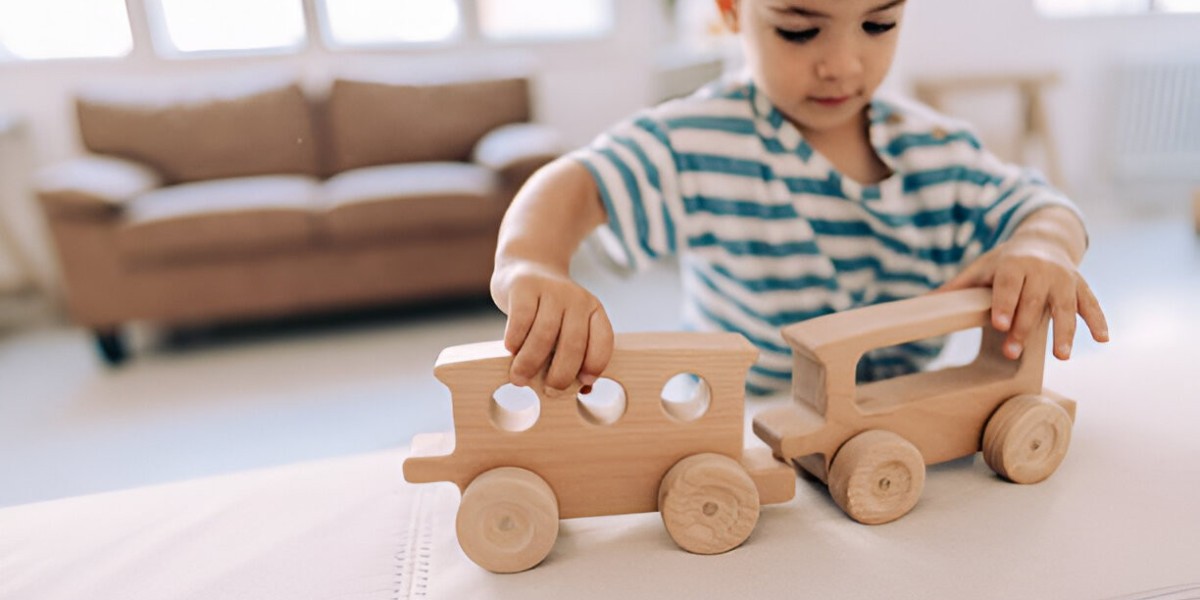Choosing the right toys for children goes beyond fun and entertainment. Parents in Singapore are increasingly prioritizing eco-friendly and non-toxic options. This shift is driven by growing awareness about the impact of toys on both children's health and the environment. In this article, we explore how to identify safe, sustainable children toys and make informed choices that benefit your child and the planet.
Why Eco-Friendly and Non-Toxic Toys Matter
Health and Safety Considerations
Children often put toys in their mouths, making the materials used critical to their health. Non-toxic toys are free from harmful chemicals such as BPA, lead, and phthalates. These chemicals have been linked to developmental issues and other health risks. In Singapore, many parents are now reading labels carefully and opting for safer alternatives.
Environmental Responsibility
Eco-friendly toys are typically made from natural or recycled materials. They are designed to reduce pollution and minimize waste. Choosing such toys supports environmental sustainability, which aligns with Singapore's efforts to promote green living and reduce plastic use.
Common Materials Used in Safe Children Toys
Natural Wood
Wooden toys made from sustainable forests are a top choice. They are durable and biodegradable. Look for certifications like FSC (Forest Stewardship Council) to ensure the wood is responsibly sourced.
Organic Cotton and Fabric
Toys made from organic fabrics are gentle on sensitive skin. They are usually free from synthetic dyes and pesticides. These materials are common in soft toys and stuffed animals.
Recycled Plastics
Some toys are made using recycled plastics, offering a more sustainable option than virgin plastic. While plastic is not biodegradable, recycling helps cut down on plastic waste.
Silicone
Food-grade silicone is a popular material in teething toys and baby accessories. It is flexible, non-toxic, and resistant to mold and bacteria.
Identifying Safe and Eco-Conscious Toys
Check for Certifications
In Singapore, many safe toys carry international safety certifications. Look for labels like EN71 (European safety standard), ASTM (American standard), or ISO. These ensure the toys meet strict safety and toxicity criteria.
Read the Labels
Always check the product label or packaging. Look for information on the materials used and avoid toys with vague or unclear descriptions. Keywords to look for include BPA-free, phthalate-free, and non-toxic.
Avoid Toys with Strong Odors
A strong chemical smell may indicate the presence of harmful substances. Toys should not emit any unpleasant or overpowering odors.
Choose Simple Designs
The simpler the toy, the lower the risk of toxic paint, adhesives, or battery acid exposure. Simple wooden blocks, fabric dolls, or silicone stacking rings are often safer options.
Benefits of Eco-Friendly Children Toys
Enhancing Child Development
Toys made from natural materials often encourage open-ended play. This boosts creativity and problem-solving skills. Children learn better through tactile and imaginative interaction.
Durability and Longevity
Sustainable toys tend to last longer. Their robust construction means they can be passed down through siblings or donated. This makes them cost-effective over time.
Supporting Ethical Manufacturing
Eco-conscious brands often support fair labor practices and responsible production. Buying such toys supports global efforts to improve working conditions in the toy industry.
Tips for Parents in Singapore
Shop Locally
Singapore has many specialty stores and online shops that focus on eco-friendly products. Buying locally reduces the carbon footprint associated with shipping and supports small businesses.
Involve Your Child in the Process
Letting children choose their own toys, under guided choices, helps them learn the value of mindful consumption. It also makes them more attached to and responsible for their belongings.
Rotate Toys Regularly
Rather than buying more toys, consider rotating the ones you already have. This keeps playtime fresh without overconsumption. It also encourages children to appreciate what they have.
Donate or Reuse Old Toys
If your child outgrows a toy, consider donating it to community centers or charities in Singapore. This keeps toys out of landfills and extends their life.
Popular Categories of Sustainable Toys
Educational Toys
These include puzzles, building blocks, and sorting games made from natural or recycled materials. They support cognitive development while remaining safe.
Outdoor Toys
Eco-friendly kites, bamboo scooters, and biodegradable beach sets encourage physical activity without compromising on safety.
Creative Play Sets
Natural clay, water-based paints, and wooden kitchen sets foster creativity. These materials are less likely to cause allergic reactions or skin irritation.
Regulations and Standards in Singapore
Toy Safety Requirements
In Singapore, toys must comply with the Consumer Goods Safety Requirements (CGSR). Retailers are expected to ensure all products meet established safety standards before sale.
Role of the Singapore Standards Council
The Council helps implement safety and quality standards across industries, including toys. It collaborates with international organizations to update local requirements.
Reporting Unsafe Toys
Consumers can report unsafe or counterfeit toys to the Consumer Product Safety Office in Singapore. This helps remove potentially dangerous products from the market.
Final Thoughts
Choosing eco-friendly and non-toxic children toys is a meaningful step toward safer, healthier childhoods in Singapore. As parents become more aware of the impact of their choices, the demand for sustainable toys continues to grow. By understanding materials, safety standards, and ethical practices, you can make choices that benefit your child and contribute positively to the world around them.






